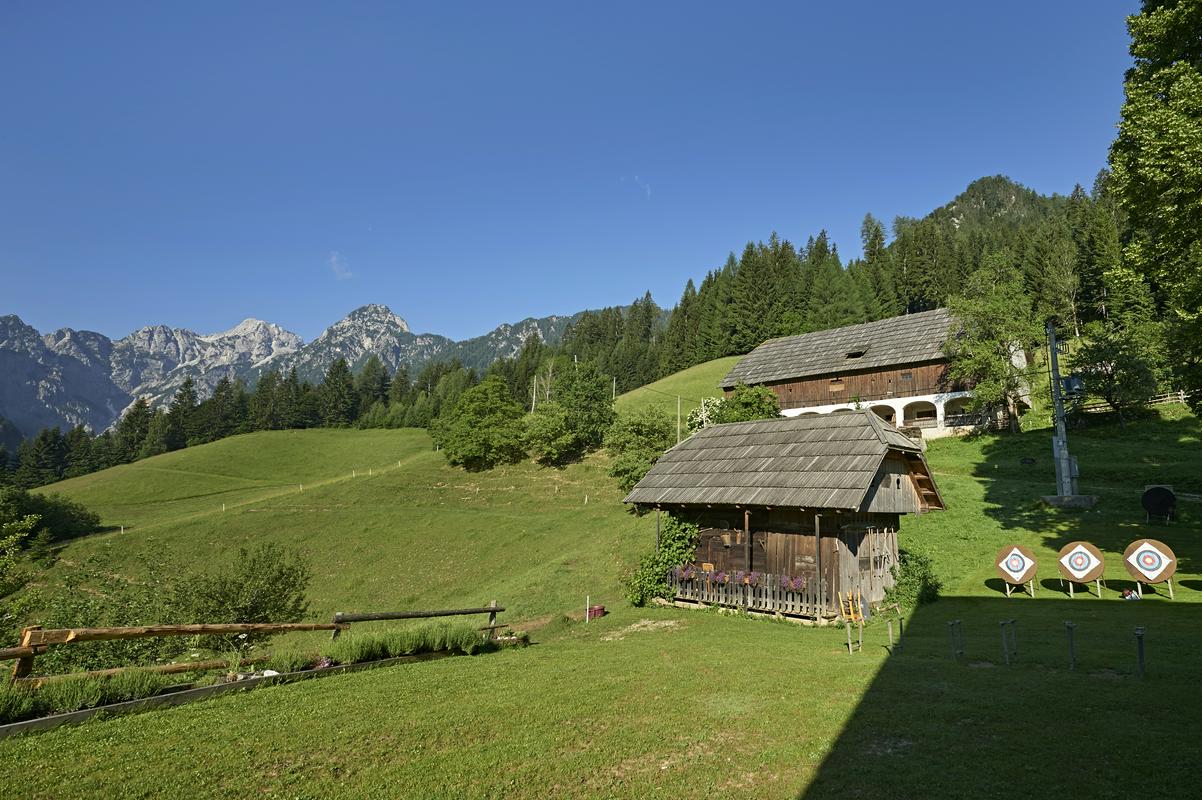
According to the tourist barometer run by the TIC Rinka in Solčava, they record the largest number of the Spanish, the Dutch, Americans, Canadians, Israelis, Germans, and Belgians. Last year, there was 58 percent of lodging of foreign visitors. However, in 2016 they had a completely opposite situation. So, how come tourism develops in this geographically closed area?
"Even the Solčava district is really slow in development. This is a patient tourism. We insist on the norms of previous years, however, it is difficult to preserve the landscape and the quality of food. We need a lot of help in order to keep the area clean, to process milk and meat. The Solčava district is a very small place and it is difficult to find a neighbor or a relative who is willing to help. Everybody is somehow involved in tourism," tells me Marjana, a housewife at the Govc-Vršnik farm in Robanov kot.
Thirty years ago, people from the Solčava district decided to start working in tourism. This is some sort of upgraded lifestyle of the local people and the municipality has invested seven million euros in the sustainable development of tourism in the last ten years. This is an enormous amount of money for such a small community. Especially if we know that the entire annual budget of the Solčava district is worth less than one million euros. In 2009, the Solčava district was named the "European Destination of Excellence".
Solčava tourism is built on informed individuals, who understand the importance of connecting cultural heritage and living in a clean environment. Stories are the most important part of tourism. However, not just any stories, but true stories, which help the visitor understand what he sees, hears, where he walks and what he sings.

































































